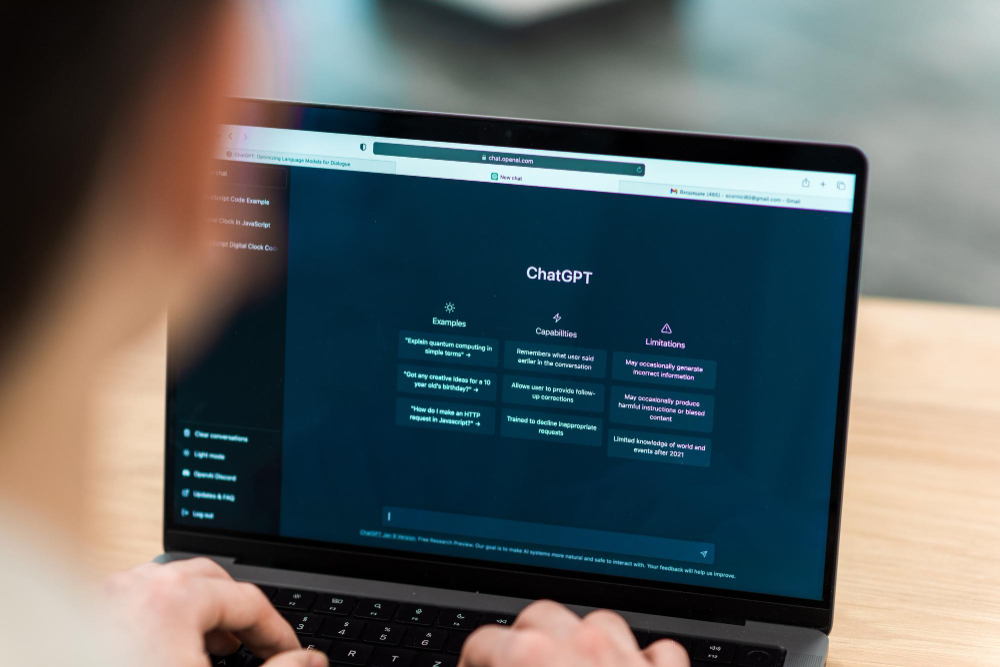Optimize Mobile SEO for Smart Device Traffic
With the rapid adoption of smartphones, smart TVs, IoT devices, and wearables, the way people access the web is evolving. More users are interacting with websites through smart devices, making it essential for businesses to implement mobile SEO smart device traffic strategies.
Optimizing for smart device traffic ensures your website ranks higher, loads faster, and provides a seamless user experience, regardless of device type. In this article, we’ll explore actionable tips, tools, and best practices to maximize your reach in 2025.
Table of Contents
Why Mobile SEO for Smart Device Traffic Matters
Growing Smart Device Usage
According to Statista, mobile devices accounted for over 60% of global web traffic in 2024, and smart devices like TVs, wearables, and IoT systems are contributing to this growth.
Search Engines Prioritize Mobile
Google’s mobile-first indexing means your site’s mobile version is the primary reference for rankings. Poor mobile optimization can lead to lower visibility and decreased traffic.
Enhanced User Experience
Smart device users expect fast, intuitive, and accessible websites. Optimizing for these devices improves engagement, reduces bounce rates, and increases conversions.
Key Elements of Mobile SEO for Smart Device Traffic
1. Responsive Design
A responsive design ensures your website adapts to any screen size, from smartphones to smart TVs. Use flexible layouts, scalable images, and dynamic content to maintain usability across devices.
2. Fast Loading Speeds
Smart devices often rely on variable networks. Optimize your site by:
- Compressing images and videos.
- Minifying CSS, JavaScript, and HTML.
- Leveraging browser caching and CDNs.
3. Structured Data and Schema Markup
Implementing structured data improves search visibility for smart device users. Rich snippets, voice search results, and product information enhance user experience and click-through rates.
4. Mobile-Friendly Navigation
Simplify menus, use sticky navigation, and ensure touch targets are large enough for accurate taps. Navigation should remain intuitive on small screens and alternative devices.
5. Optimize for Voice Search
Smart assistants on phones and IoT devices rely heavily on voice queries. Use conversational keywords and natural language in your content to capture these searches.
6. Local SEO Optimization
Many smart device searches are location-specific. Update your Google Business Profile, use local schema, and include NAP (Name, Address, Phone) consistently.
Content Strategies for Smart Device Traffic
Short and Engaging Content
Smart device users often prefer scannable content, including bullet points, headings, and concise paragraphs.
Visual and Interactive Media
Videos, infographics, and interactive elements can enhance engagement, especially on smart TVs or tablets.
Optimize for Multiple Formats
Ensure content renders correctly across screens, voice assistants, and IoT dashboards. Check that text, images, and videos remain accessible.
Structured Calls-to-Action
Use clear CTAs that are easy to interact with on touchscreens or voice interfaces.
Technical Tips to Optimize mobile SEO for Mobile Smart Devices
Implement Accelerated Mobile Pages (AMP)
AMP pages load faster on smartphones and smart devices, improving user experience and search rankings.
Optimize Core Web Vitals
Focus on:
- Largest Contentful Paint (LCP) – Ensure the main content loads quickly.
- First Input Delay (FID) – Reduce interactive delays.
- Cumulative Layout Shift (CLS) – Avoid visual instability.
Use Lazy Loading
Lazy load images and videos to improve page speed for devices with limited bandwidth.
Monitor Device-Specific Analytics
Track traffic, engagement, and conversions separately for smartphones, tablets, smart TVs, and other IoT devices to identify optimization opportunities.
Leveraging Voice and AI Assistants
Smart devices increasingly rely on voice and AI assistants like Alexa, Google Assistant, and Siri. Optimize your content by:
- Using FAQ sections to answer common questions.
- Incorporating long-tail conversational keywords.
- Ensuring your site content is structured for voice-friendly snippets.
Tools to Optimize Mobile SEO for Smart Device Traffic
- Google Search Console – Monitor mobile performance and indexing issues.
- PageSpeed Insights – Evaluate loading speed on mobile and IoT devices.
- Schema Markup Validator – Test structured data implementation.
- SEMrush & Ahrefs – Analyze mobile-specific keywords and user behavior.
- BrowserStack – Test website responsiveness across multiple smart devices.
Future Trends in Mobile SEO Smart Device Traffic
- IoT-First SEO – Optimizing for devices beyond phones, such as smart fridges, watches, and TVs.
- AI-Powered Search – Content recommendations based on AI algorithms tailored to smart devices.
- Voice Search Dominance – More users will rely on hands-free commands.
- Personalization Across Devices – Dynamic content tailored to the user’s device type and context.
- Progressive Web Apps (PWA) – Deliver app-like experiences across multiple smart devices.
Final Thoughts
Optimize mobile SEO smart device traffic is no longer optional—it’s a necessity for businesses that want to remain visible, competitive, and user-friendly in 2025. By implementing responsive design, fast loading speeds, structured data, voice search optimization, and device-specific content strategies, you can capture a wider audience across smartphones, tablets, smart TVs, and IoT devices.
Investing in smart device optimization ensures your website not only reaches more users but also provides a seamless, engaging experience that drives conversions.
Explore more actionable SEO and mobile optimization strategies on our TrendingOut Technology Blog and Store for the latest updates and insights.


